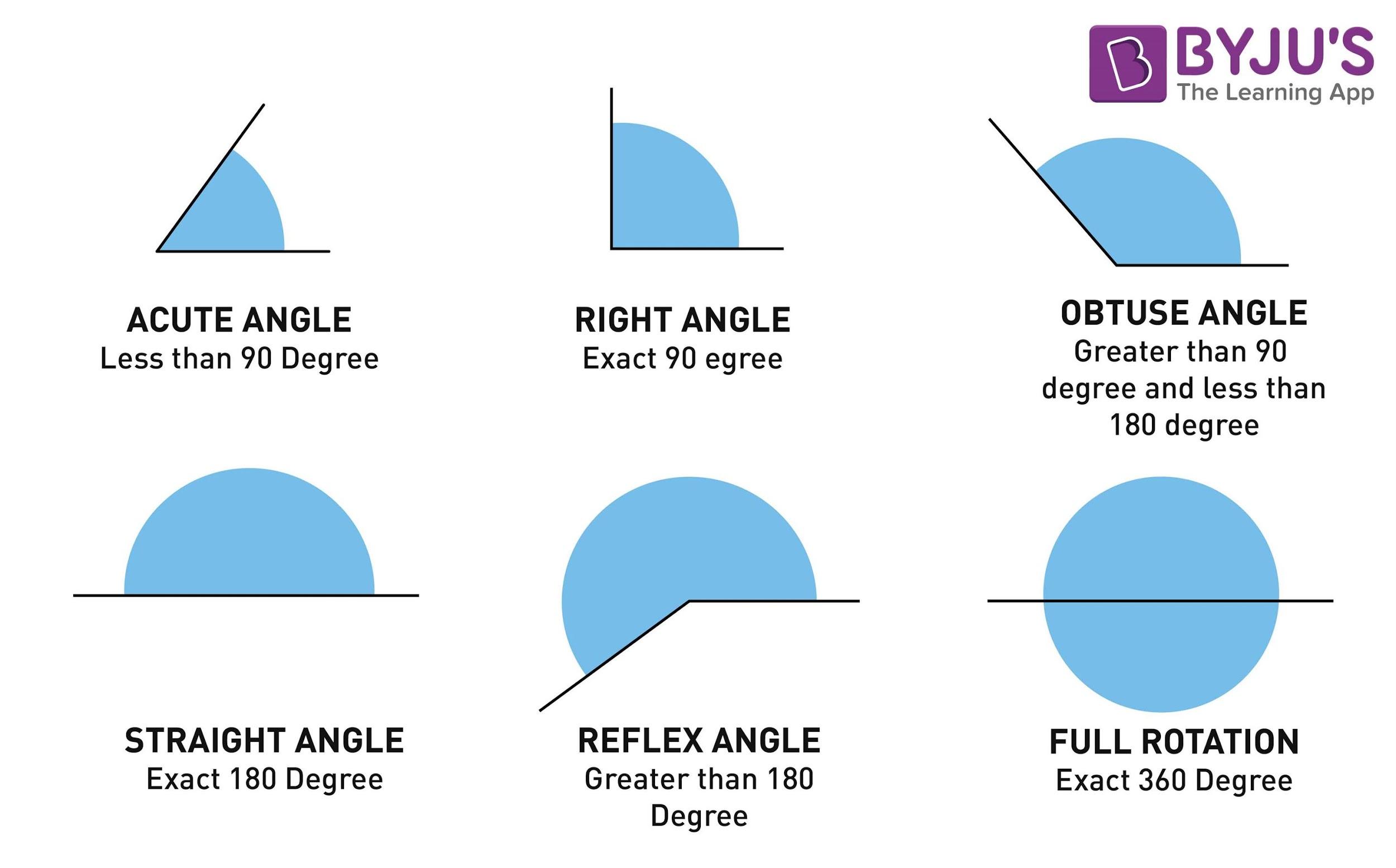
Understanding the relationship between angles is fundamental in geometry, and one of the key concepts in this arena is the notion of supplementary angles. Supplementary angles are defined as a pair of angles whose measures add up to exactly 180 degrees. This article delves into which angle pairs are supplementary, providing a comprehensive approach to recognizing and categorizing these pairs based on various geometric configurations and theorems.
To elucidate this concept, we proceed to analyze various scenarios in which angles demonstrate supplementary characteristics. The following categories outline the different angle pairs that are recognized as supplementary:
- Linear Pair of Angles: This is one of the most straightforward instances of supplementary angles. When two angles are adjacent and their non-common sides form a straight line, they are known as a linear pair, and consequently, they are supplementary. For example, if angle A and angle B are adjacent, and they sum to 180 degrees, then they constitute a linear pair. A key aspect to remember is that all linear pairs are supplementary, but not all supplementary angles are linear pairs.
- Angles Formed by Two Intersecting Lines: When two lines intersect, they create four angles at the intersection point. The opposite angles are called vertical angles and while they are not supplementary (as they are equal), each pair of adjacent angles around the intersection is supplementary. For instance, if angle 1 and angle 2 are adjacent angles created by two intersecting lines, their measures will sum to 180 degrees, thereby categorizing them as supplementary angles.
- Adjacent Angles on a Straight Line: This is a special case of linear pairs. When two adjacent angles are formed on a straight line—they inherently must sum to 180 degrees. This attribute is intrinsic to the properties of straight angles. A practical example can be illustrated with angles forming a straight angle; if angle C and angle D are placed linearly such that they form a straight line together, they satisfy the criterion of supplementary angles.
- Exterior Angles and Interior Angles: In the context of polygons, specifically triangles, there are also considerations of supplementary angles involving the relationship between interior and exterior angles. An exterior angle, which is formed when a side of a triangle is extended, is always supplementary to the adjacent interior angle. For example, if you have an exterior angle E of triangle ABC, and it is adjacent to interior angle A, then these two angles together will equal 180 degrees.
Recognizing supplementary angles is not confined merely to geometric figures; it transcends to various applications and properties in more complex mathematical constructs. The following subsections broaden the understanding with additional practical insights:
Supplementary Angles in Real-Life Applications
Supplementary angles extend beyond the confines of theoretical geometry, permeating various aspects of engineering, architecture, and even art. For instance, in design and architectural blueprints, understanding these angles can significantly impact structural integrity and aesthetic appeal. Architects frequently utilize supplementary angles to ensure that adjacent wall structures meet at appropriate angles, thereby upholding both functionality and visual harmony.
Common Misconceptions about Supplementary Angles
It is essential to address certain misconceptions regarding supplementary angles that may lead to confusion. One common error is to assume that non-adjacent angles can be supplementary. While it is true that two angles may sum to 180 degrees, without the criteria of adjacency and linearity present concurrently, they cannot be classified as supplementary angles. Additionally, the confusion between complementary and supplementary angles is prevalent; complementary angles sum up to 90 degrees, while supplementary angles sum to 180 degrees.
Conclusion
In summary, recognizing various angle pairs as supplementary is a fundamental aspect of geometric understanding. In evaluating angle relationships, one must examine whether the angles are adjacent, whether they form linear pairs, and how they relate in the context of broader geometric figures such as polygons. Supplementary angles play critical roles across both theoretical and practical applications, integrating essential rules that inform decisions in multiple fields. By recognizing these combinations of angles, learners can enhance their understanding of geometry’s underlying principles and facilitate the application of these principles in real-world scenarios.
Through careful observation and study, one can better grasp the principles that govern angle relationships and apply this knowledge adeptly in both academic spheres and everyday life.
